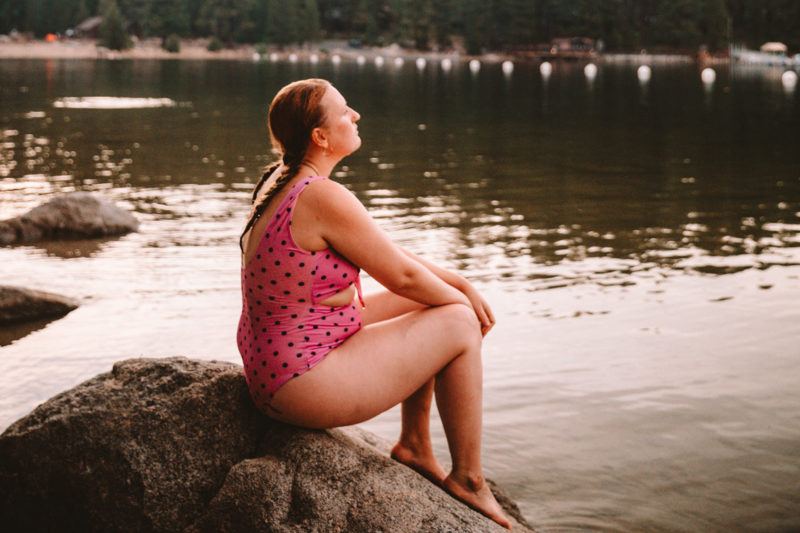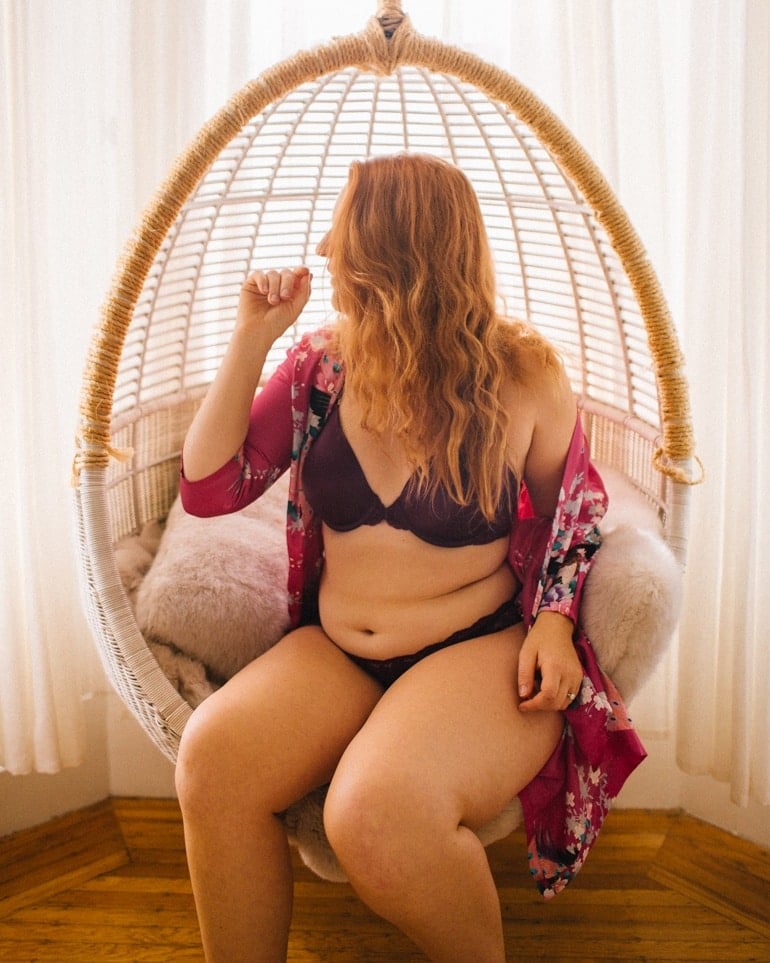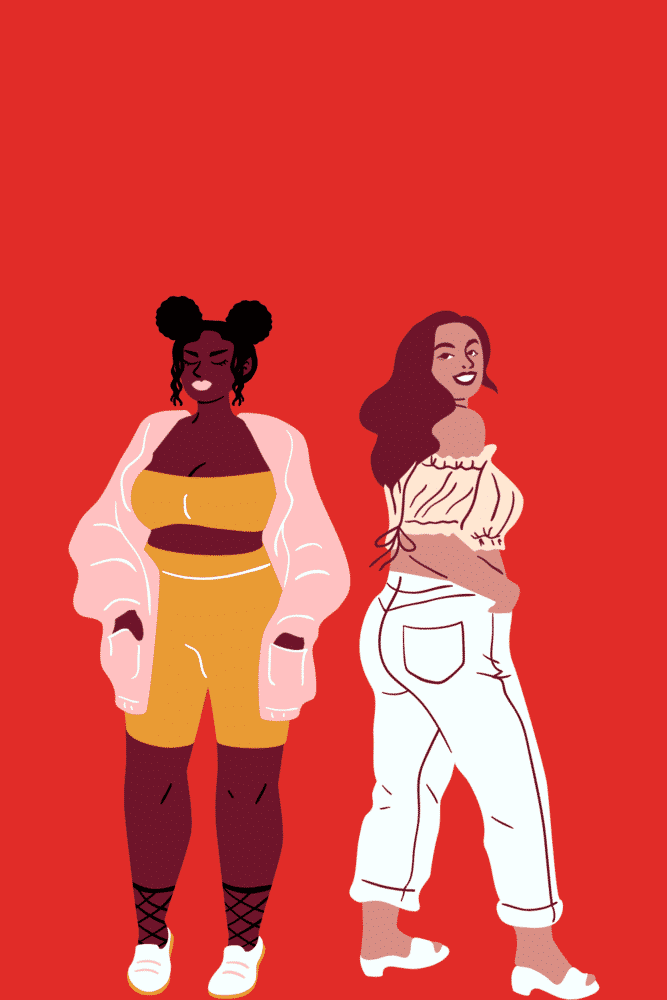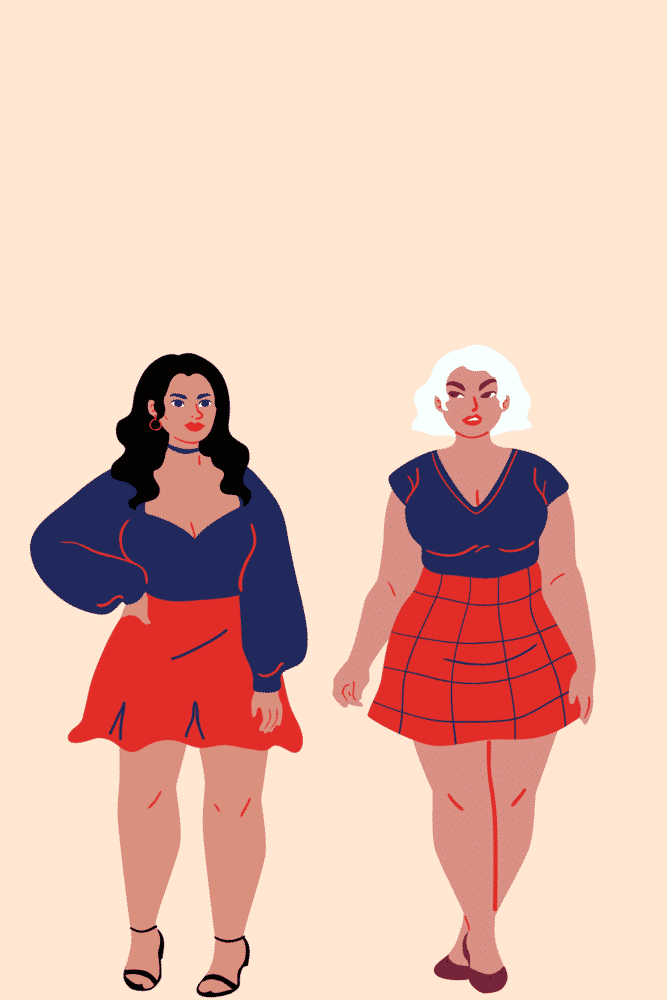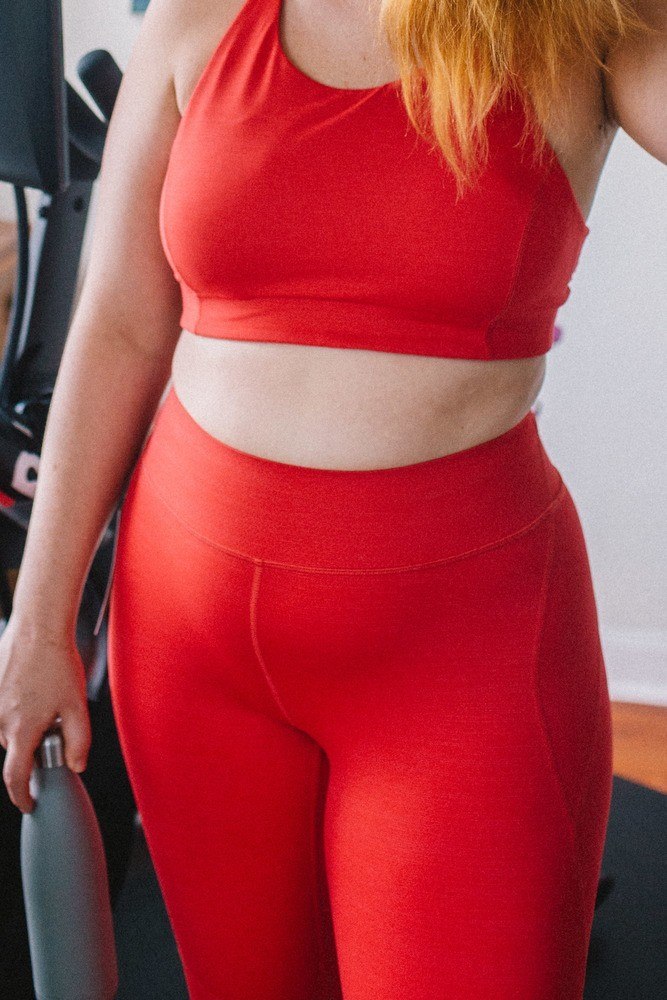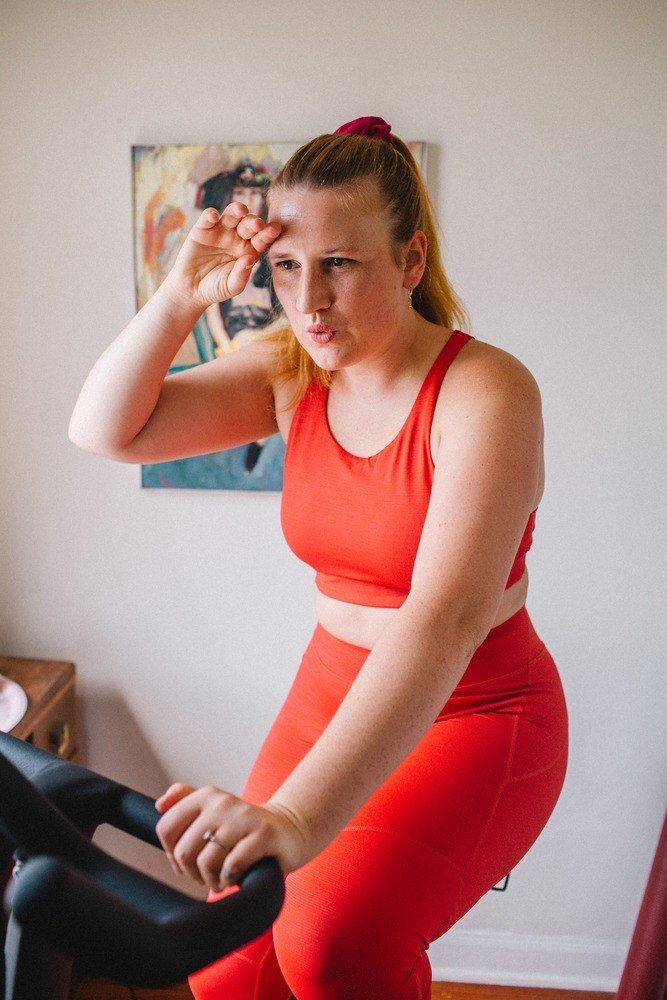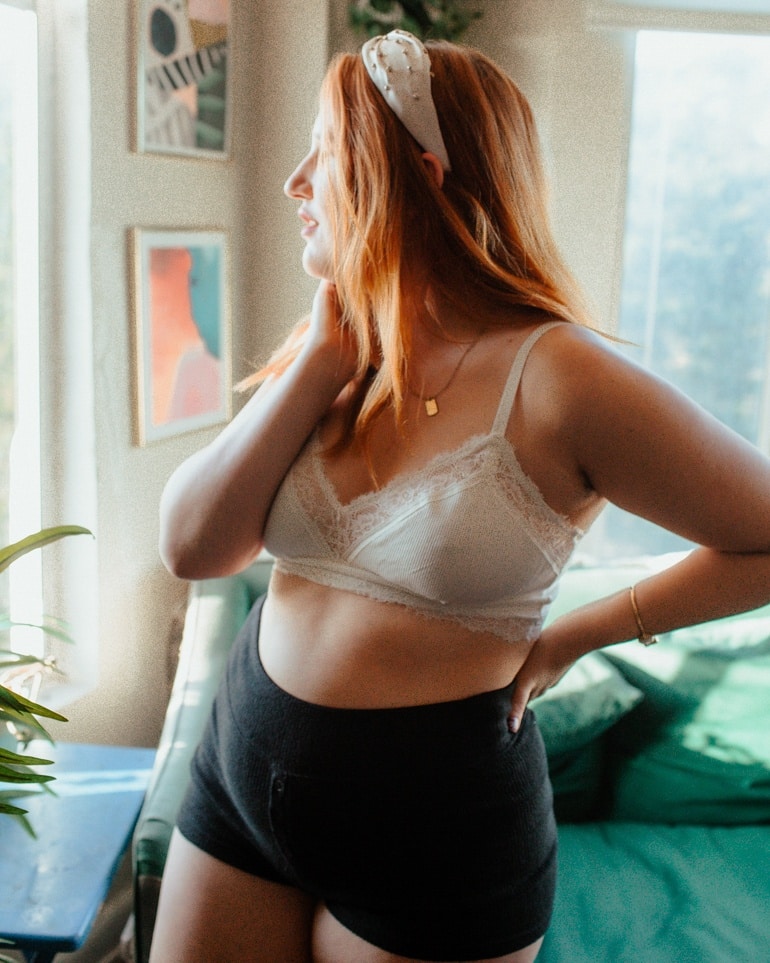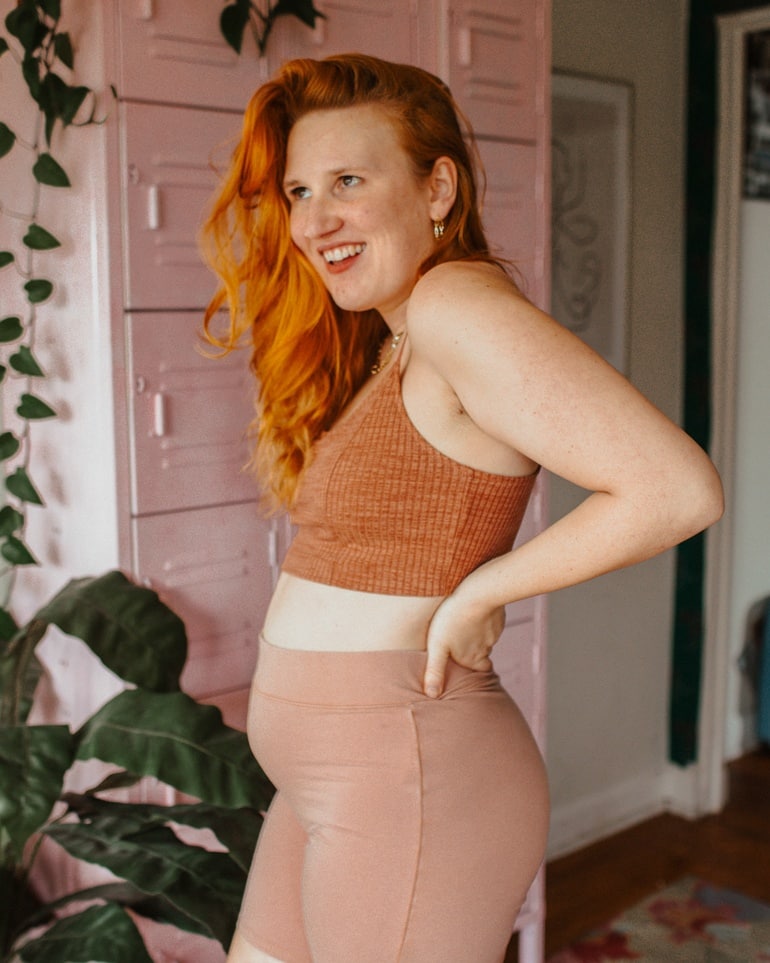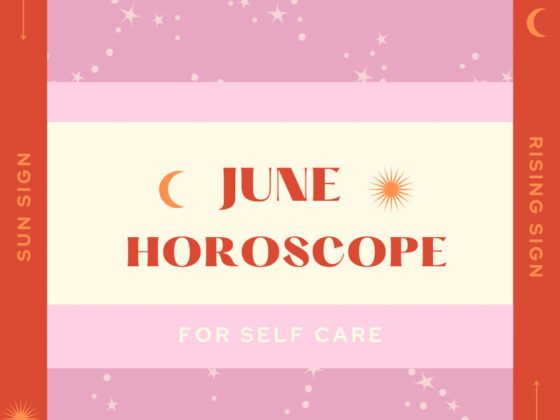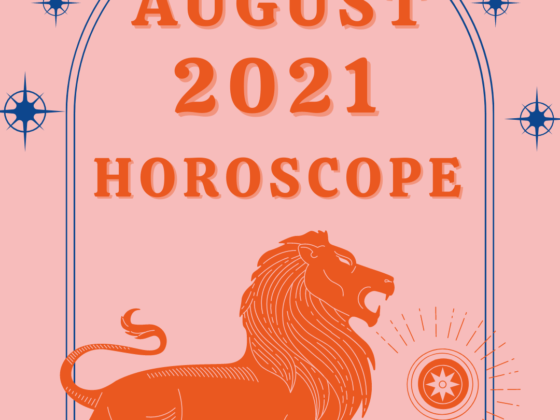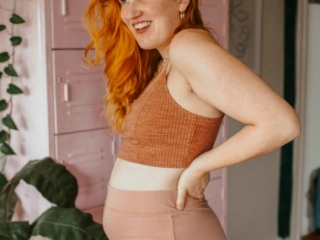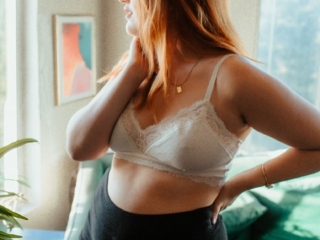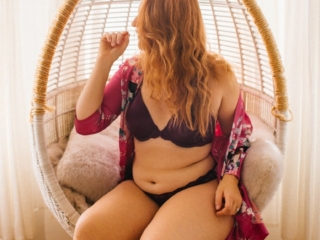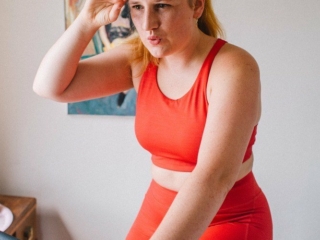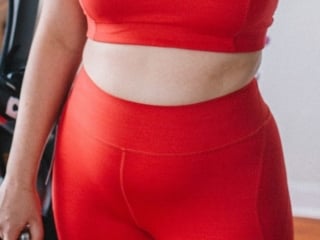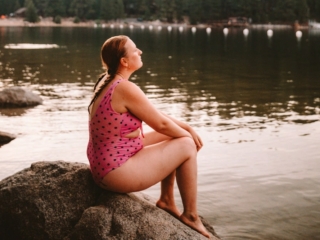Your favorite online store might actually be racist. Or fatphobic. Or both.
In reality, most of your favorite brands probably partake in pro-white or anti-fatness within their company business model. Everyone – including the companies with large marketing budgets to convince you they are body-positive or anti-racist – have a hard time practicing what they preach in every corner of their company. (Yes – even favorites like Aerie or Target). But I’ll help you learn how to spot that in this post.
Let’s start at the beginning. While browsing online fashion sites this morning, I ended up at Zaful. They’ve been on my radar for a while, next to Shein and Romwe, the latter two of which are the definition of the scum of the earth exploitative fast fashion brands, so I’ve never bothered to look at Zaful’s site.
But I’ve had far too many requests by followers to do a Saw It On Social review of them, so alas, there I was browsing through their site and finding myself increasingly more and more annoyed by the blatant anti-fatness and racism Zaful has.
But it’s not just fast fashion brands like Zaful or Shein that are overwhelmingly anti-fat people and pro-white people. I notice it all the time, subtly, on websites. Not only in the models brands hire, but in their website design and the types of products, they even offer in the first place. Yes, even those trendy sustainable brands you may think are exempt from this practice are not. Almost everyone does it.
All too often, fashion brands will hire one fat black model and put their image on the homepage, pat themselves on the back for being anti-racist and inclusive, and then leave things there. What about increasing sizes to actually be size-inclusive (because offering a few items in a size 16 does not makeith you a plus-size brand.) How about putting BIPOC models or fat models in your best seller listings? Or designing for non-white folks in the first place?
Of course, there’s also the internal company structure (how many leadership positions are held by women, BIPOC folks or fat folks?) And environmental impacts. And while all that’s important this post is focused on how you, a consumer, can spot anti-fatness and pro-whiteness while browsing online shops.
Some Terms To Review First
Before we dive in, I wanted to quickly review a few terms and ideas so we’re all on the same page.
- Plus Size: size charts vary a bit, but in general Plus Size starts at 16 or XXL.
- Straight size: Size 14 and under and are the sizes you expect to find in any store, anywhere.
- Curvy or Mid-Size: Generally refers to 12-14, which are technically still a straight size and benefit from straight size perks, but still often are overlooked by fashion brands. As a curvy gal myself, it’s an odd space to be in.
- Fatphobia: The fear and hatred of fat people and fatness.
- Fat tax: Refers to the increase of price that plus-size clothing often has compared to the same piece in a straight size.
- BIPOC: Means Black, Indigenous, or Person Of Color (Asian, Latinx, etc). It’s important to not just talk about Black folks when referencing racism.
Case Study #1: All The Problems With Zaful’s Website
The site finally sparked enough rage in me to drop my to-do list and write a post. They have some of the most violations on one single website, so they’re a great case study example. But, usually, fashion brands only have a small handful of these issues on their online website. I just wanted to make that clear that spotting racist and anti-fat practices aren’t always so easy as it is with Zaful.
For reference, I’m a size 14, sometimes a 12 or a 16 depending on the brand and article of clothing.
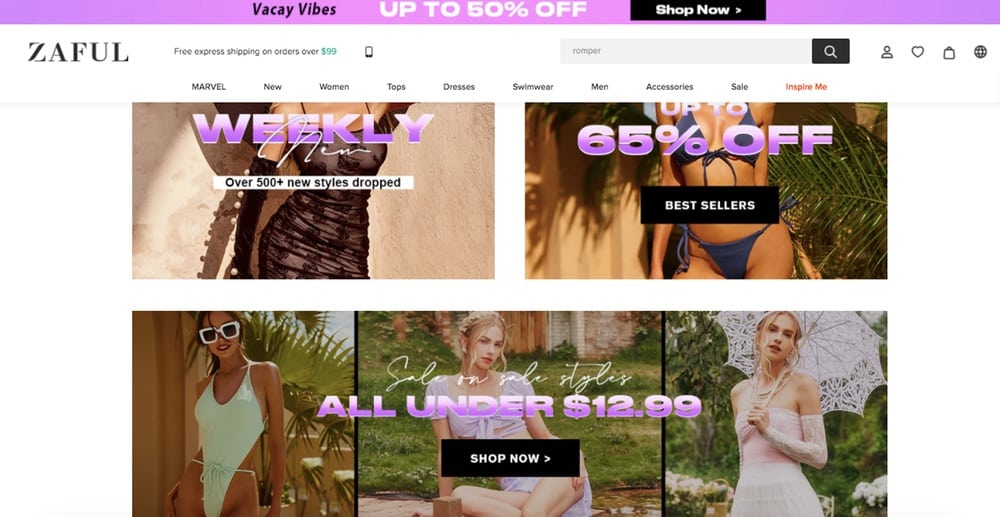
Here’s the deal: Zaful carries over 6,700 listings for straight size women, but only 360 under the plus-size line. The plus-size line is a sad assortment of clothing that doesn’t even really align with what Zaful is known for (sexy bodycon dresses, flirty crop tops and babydoll dresses, thirst trap swimsuits.) No, the Zaful plus-size pieces look more like they went thrifting and found whatever happened to be in Goodwill that day.
As Kerasa, one of our Whimsy Writers, pointed out in her recent article about size-inclusive fashion, carrying only plus-size pieces that are baggy, ugly and not on trend is literally just reinforcing the false narrative around fat people. (That fatness makes you lazy, being fat means you don’t care about style or personal care, etc.)
Another frustrating aspect of this website is their sizing charts aren’t consistent and aren’t accurate. In some listings, a Large means a US 8, while on other listings I’ve seen, Large means a US 6. Umm, what? Beyond this just being terrible UX for customers, this is a clear act of anti-fatness. While sizing charts do vary company by company, these letter sizes are not correct. This is just mislabeling sizes to appear to cater to larger people while actually not doing that.
To make matters worse, every. single. model. on the Plus Size page were BIPOC women, while all the models I found wearing Straight Size pieces were white (and stick thin, of course.) All the fat people I found feature anywhere were the only ones who were also BIPOC.
Let’s remember here that fatness is thought of as “bad” by society and white supremacy views non-white as being “bad” and it feels like Zaful here has bundled those up together. And, considering how little care Zaful put into even offering a plus-size line in the first place, this is a clear act of white supremacy mixed with a dash of anti-fatness.
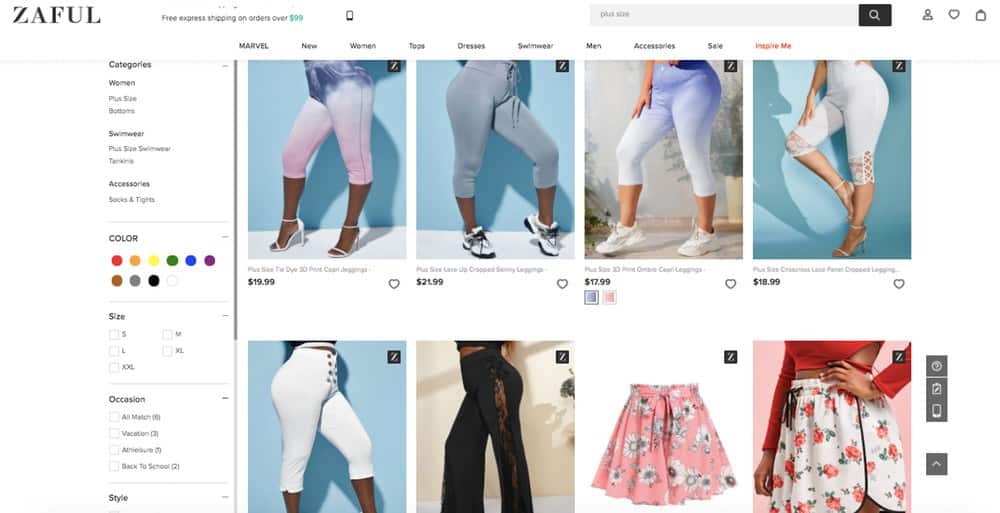
White, thin models are given the most visibility. Thin sizes are well stocked with many options and trendy styles. Black and fat models are hidden and not easily visible. Sizes above a 10 US (which is still technically straight size) are extremely limited and most items aren’t trendy.
Note: I’m not going to go into Zaful’s exploitive manufacturing processes here but the poor environmental practices and child labor is absolutely another one of their major downfalls.
Case Study #2: Outdoor Voices & How Fashion Brands Will Gaslight You
At the end of the day, Zaful, Shein, Romwe, etc are all basically poorly designed shell company brands for exploitative fast fashion manufacturers. Sadly, all these issues are kind of what you would expect when you come to them.
But it’s not just the fast-fashion companies that are practice racism and anti-fatness. The slow brands do it too. They are better at hiding it, but it’s still there. For the next case study, I’ll be highlighting Outdoor Voices.
Yes, that trendy body-positive activewear company that’s all about empowering “every body to move” and focuses on slow, sustainable practices. I ripped them a huge one in my Saw It On Social review of them last year, but I’ll give you the short recap here:
Last year, in 2020, Outdoor Voices’ own statement they had on their website was that they believed moving your body was “for every body regardless of gender, size or race”. But, in practice, they didn’t actually offer sizes above XL, and even those ran a bit small, so in my opinion, they didn’t offer sizes above Large.
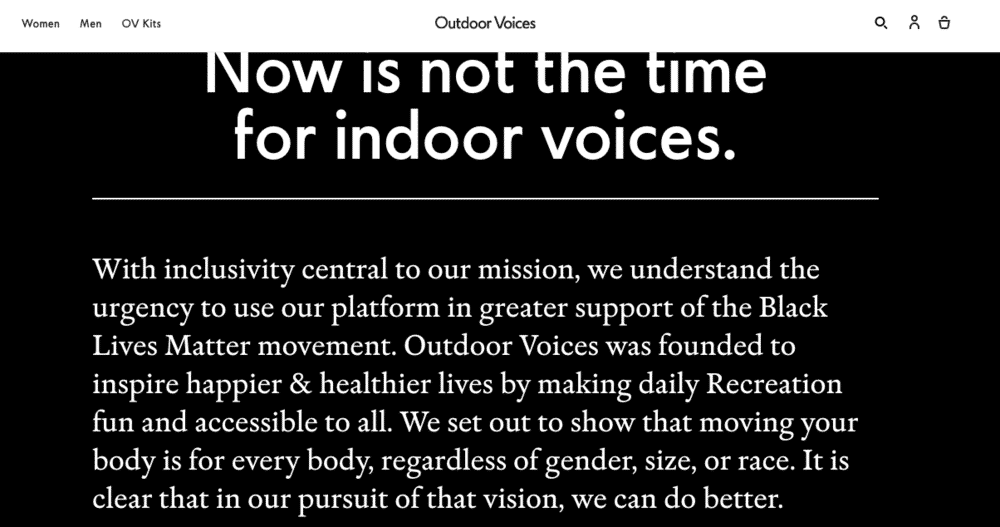
The above screenshot was the statement they put out in June 2020 for Black Lives Matter. They failed to realize that fat black women are the core founders of the Body Positive movement. So claiming to be for “every body” and being “body positive” while not actually offering products that could fit the people who spearheaded this movement… that’s being anti-fat and racist (by only valuing the bodies of thin white women who could fit their narrow mold of “every body”).
As I noted in my post last year, Outdoor Voices was doing kinda ok at making sure racial diversity in models was used on the site, but all the BIPOC models were still thin. I couldn’t find any plus-size folks anywhere on the site, white or not. I still can’t and it’s a year later.
Right now, in June 2021, I’m looking at their site and they have made a few small improvements. Maybe they read my rants last year and took some positive changes? (My ego likes to think so.) I see lot more black and brown faces on their home page. Models featuring their best sellers include a few black women, one with her natural hair. (They’re all still thin and I see no fat or even a curvy woman is wearing a best-selling pieces.)
But they dropped the line that they are for every body no matter race, gender or size. And maybe that’s a good thing, because they still clearly only value thin bodies. Over the past year, they extended sizes up to XXL and XXXL but, like with Zaful, the amount of items available is pitiful.
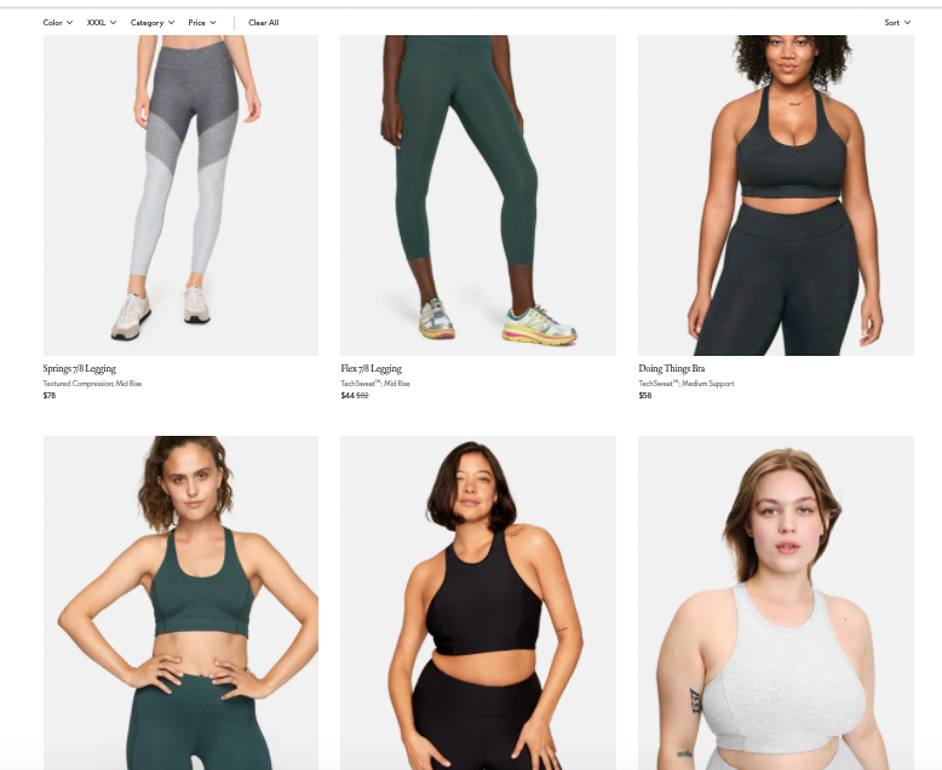
There are only 6 pieces sold in the two extended sizes and ZERO of the models featured on the site are actually plus size. Again, Outdoor Voices is reinforcing the idea that fat people can’t possibly want to work out. If they did they would just choose to be thin, right?
How To Spot Fatphobia & Racism While Online Shopping: Indicator To Look For
I hope these two case studies above help you learn at least my process of evaluating a company’s website. Next time you are online shopping for clothes and want to practice looking for anti-fatness and/or racism present, ask yourself some of these questions:
- Who is on the homepage? BIPOC or fat folks, or just thin white women (or white-passing BIPOC folks)?
- What type of model is wearing their best-selling pieces? Is she white? Thin?
- How broad is their Plus Size selection? Do they even have a plus size section?
- Is there visibility for fat models anywhere on the site other than in the plus section?
- Are fat models even represented on the plus listings?
- What type of clothes are the BIPOC models wearing? Are the clothing they’re wearing support a certain stereotype of that race (Black folks only wearing dark-colored graphic tees with baggy pants or Asians wearing glasses and “nerdy” outfits, etc.)
- What type of clothes are the Fat models wearing? Are the clothing they’re wearing further aid in negative stereotypes of fat people (ie only shown in sweatpants and big shirts?)
- Is there a clear Fat Tax imposed?
- Is the size chart accurate to the standard sizes you are used to and expect?
- Do the sizes offered to align with the brand’s PR and marketing messages (ie: do they claim to be body positive but stop their sizes at XL? Or posted a Black square last June but feature no diversity in models on their site?)
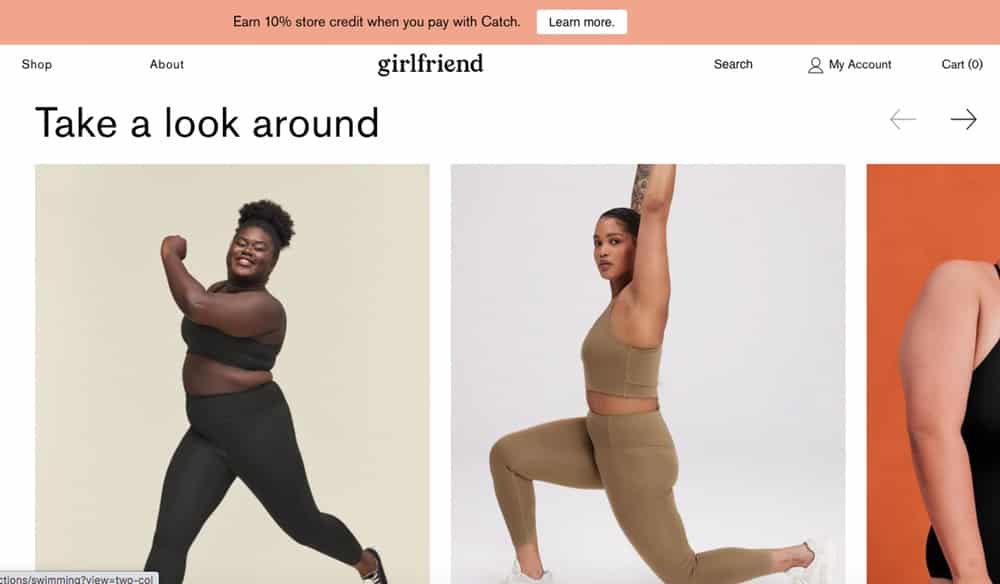
Should You Stop Buying From Brands That Fail The Test?
Maybe. Maybe not. The point of this exercise and post isn’t for you to rage quit your favorite fashion brands. (Though I rage quit Outdoor Voices and instead shop my activewear from companies like Girlfriend Collective.) Because again, at the end of the day, almost every fashion brand has or is actively doing some of these anti-fat and pro-white practices.
Half my wardrobe is from Target and even though I’m looking at a Fat Tax violation right now on their site, will I stop shopping there? Hell no, I love Target. I just redecorated my bedroom with a bunch of stuff from Target. I wish they didn’t have a Fat Tax but now I know it’s there and I can talk about it with you.
And I love Aerie pieces even though it’s hard to find fat people actually wearing their XXL sizes on the XXL listings (or, anywhere on the site.) From a blogger point of view, I appreciate how Aerie has done a fantastic job in hiring fat and BIPOC creators for their influencer campaigns. I love seeing my fat peers getting hired. And while their website needs a bit of work, they aren’t terrible in the way Zaful is.
There’s also some cases when you just can’t shop somewhere else. Other stores may not stock what you are looking for, or other brands may be out of your budget. This is especially a problem for the fat community. Most brands just don’t cater to fat people.
While I hate Shein from the bottom of my heart, they actually do a really great job at offering affordable AND trendy pieces in Plus Size up to size 22. Heck, there’s over 66,000 items under the Shein Curve line. So I understand when fat women shop there.
The point of this blog post is to help you become a more educated consumer and recognize when these issues are happening. So, at this point, you can decide if you want to move forward with supporting the company with a purchase.
At the very least, have conversations with people in your life about fatphobia and pro-white practices in online shops. Maybe you yourself work at a brand and have the power to make positive changes yourself? That would be cool and so so needed.
Rant over. If you made it this far, follow me on Instagram @thewhimsysoul for more body image talks. And also read our post about the history of beauty standards, it’s a good one!

